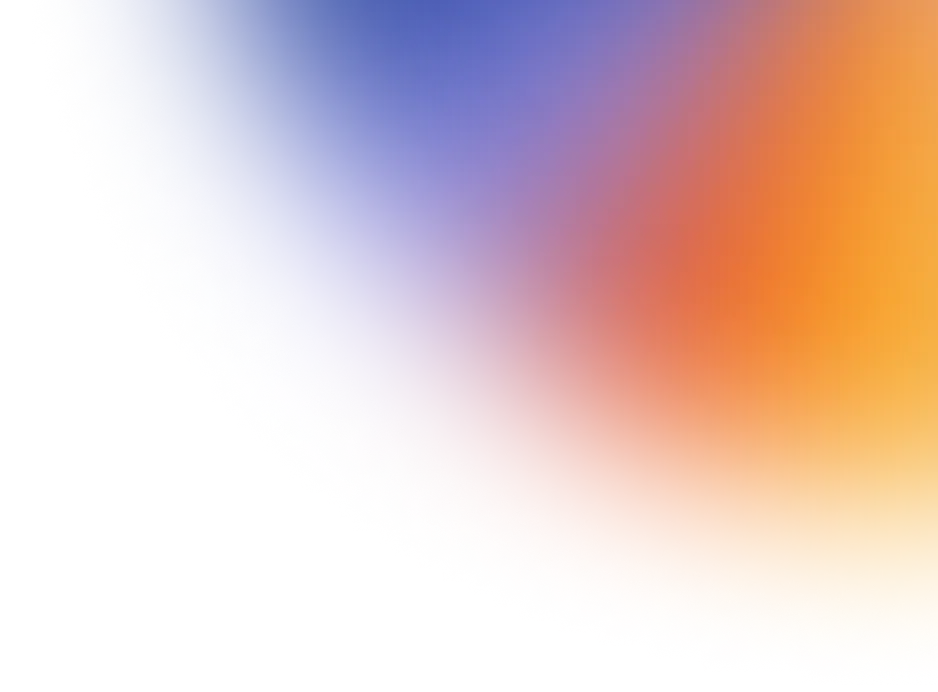A world of spatiotemporal data
How does it work?
Batch and live stream data is indexed on ingest at millions of rows per second for immediate querying in real time. The high-density storage architecture enables scaling to hundreds of billions of records on a single instance.
The multi-attribute index on ID, latitude, longitude and time ordering processes queries exceptionally fast, even at massive scale. No need to partition data, no index bloat, no need to recluster and tune.
Continuous, adaptive, background resharding distributes the data workload evenly to mitigate hotspotting and overloads which saves laborious partitioning and tuning.
Thread-per-core architecture with I/O scheduler uses its visibility and control over storage access and cache to reorder, optimise and reduce storage operations to save hardware and maintenance.
More about the platform
Read The WhitepaperBatch data



Streaming data
Real time engine
Index
Query
Event detection


Data processing



Data lakes/ Warehouse



Real time apps


Real time events

Deep dive into the platform's unique architecture

Check out the speed and scale of the solution with a synthetic dataset of 1.6 million vehicles in London. The data is based on vehicle number plates with historic movements loaded in time order to realistically simulate a real-time feed of 92.4 billion datapoints.
Supported data types
Augment streaming or batch spatiotemporal data from multiple sources

Physical moving objects
Smartphones
Vehicles
Robots and drones
GPS trackers

Non physical objects
High volume or automated financial transactions
IP packets and IP traffic patterns
Cyber threats

Sensors that track moving objects
Static sensors that track moving objects
Series of cameras such as number plate recognition

Aerial or satellite imagery
Indexing pixels or tiles to retrieve specific features at scale








.webp)